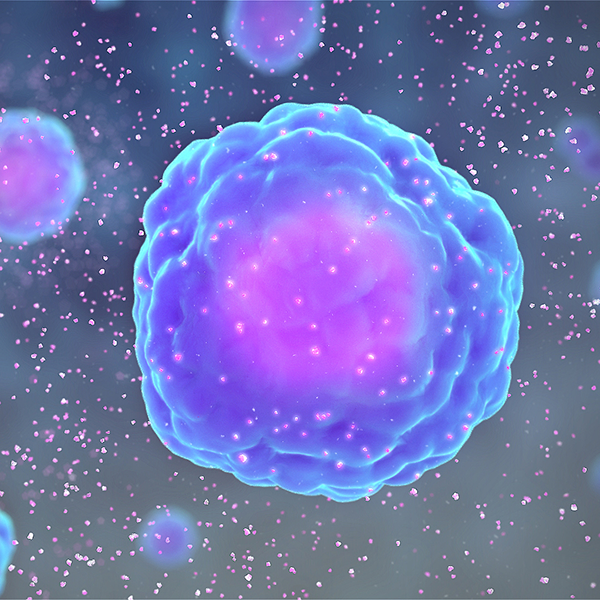The Storm Surge: COVID-19’s Deadly Weapon

Posted in GUMC Stories | Tagged biomedical research, comorbidities, COVID-19, cytokine storm, immune response
(May 7, 2020) — One of the most chilling aspects about being infected with COVID-19 is that for some people, the trajectory of illness can be highly unpredictable and they can go downhill quickly. For reasons that are not well understood, the immune system can go into overdrive, leading to a deadly cascade of events known as the “cytokine storm.”

Cytokines are dozens of small proteins that circulate through the bloodstream. When the body is infected by a virus, cytokines mobilize immune cells to fight the invader. This leads to inflammation which people feel as a fever. When the virus is in healthy tissues of the lungs, the immune response can lead to too much inflammation or a “cytokine storm” and can cause an array of other problems. The lungs can fill with fluid, triggering acute respiratory distress syndrome. In addition to affecting the lungs, a “cytokine storm” can lead to cardiac abnormalities, gastrointestinal symptoms such as diarrhea, and kidney failure. Even when monitored, individuals may develop shock or organ failure, and death may ensue.
For Moshe Levi, MD, professor in the Department of Biochemistry and Molecular & Cellular Biology at Georgetown, this is a tragically familiar story with a new twist. “My colleagues and I have been studying abnormalities in the mitochondria which can cause the release of inflammatory cytokines in the setting of diabetes and aging. With COVID-19, we wondered whether the cytokine storm results from the same processes.” To test his hypotheses, Levi’s team has been awarded one of the 15 COVID-19 pilot research grants from Georgetown University Medical Center.
A Two-Pronged Approach

To combat a global disease, it seems apropos that Levi has assembled to the front line international and local collaborators. These investigators will first conduct in vitro studies by infecting human lung, intestinal and renal tubular cells collected in the laboratory with COVID-19 to determine what pathways are involved in activating specific proteins that contribute to the cytokine storm and target those pathways to prevent the abundant cytokine release and ultimate tissue injury. Pathways with known inhibitors will be the focus.
The next step is to examine this process in mice. The investigators will determine the effects of sex, age, and diabetes on the severity of infection. “This is important,” Levi says, “because we know that in humans, males, older individuals, and those with comorbidities such as diabetes tend to have poorer outcomes.”
On the Road to Recovery
The most exciting implication of this research is that if Levi’s hypotheses are borne out, a potential class of identified drugs may be able to prevent the abundant cytokine release and tissue injury. The mice will be treated with one of these compounds, and various tissues from the mice will be studied to look for differential effects of the virus and the drug treatment.
In the meantime, Levi acknowledges that there is much that we still don’t understand about the effects of COVID-19. Although he is optimistic about the direction of his research, solutions can’t come soon enough. Unfortunately, Levi has experienced the heartbreaking personal toll of this devastating disease. His wife’s mother died in New York from COVID-19 in April and other relatives have also succumbed. Wearing his physician hat, Levi implores us to “take precautions so you just don’t get infected, especially if you have any underlying diseases.”
Beth N. Peshkin
GUMC Communications
